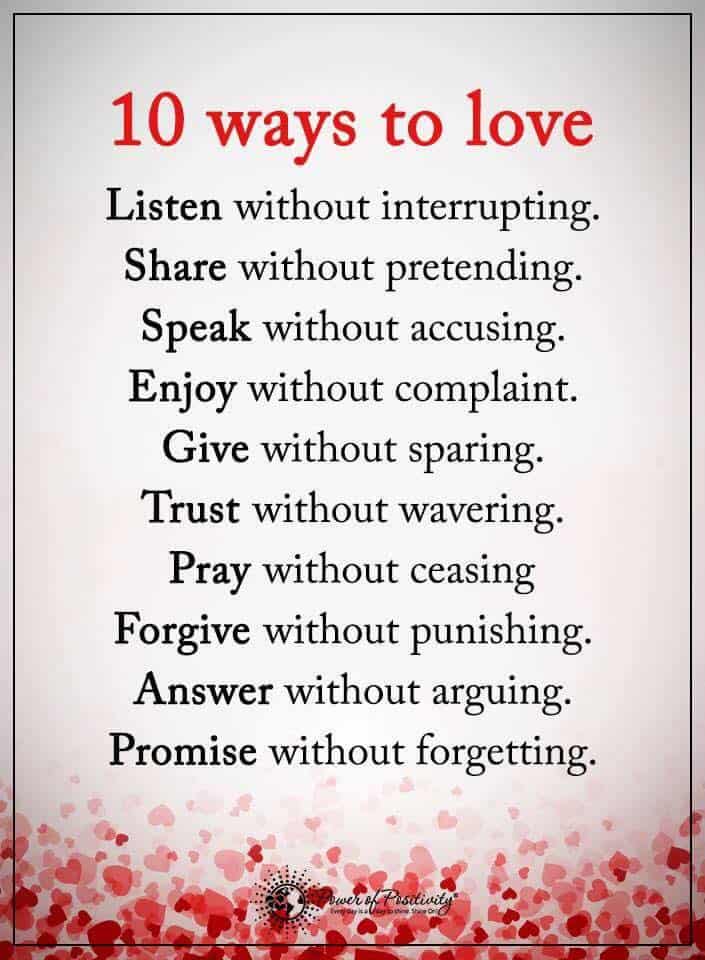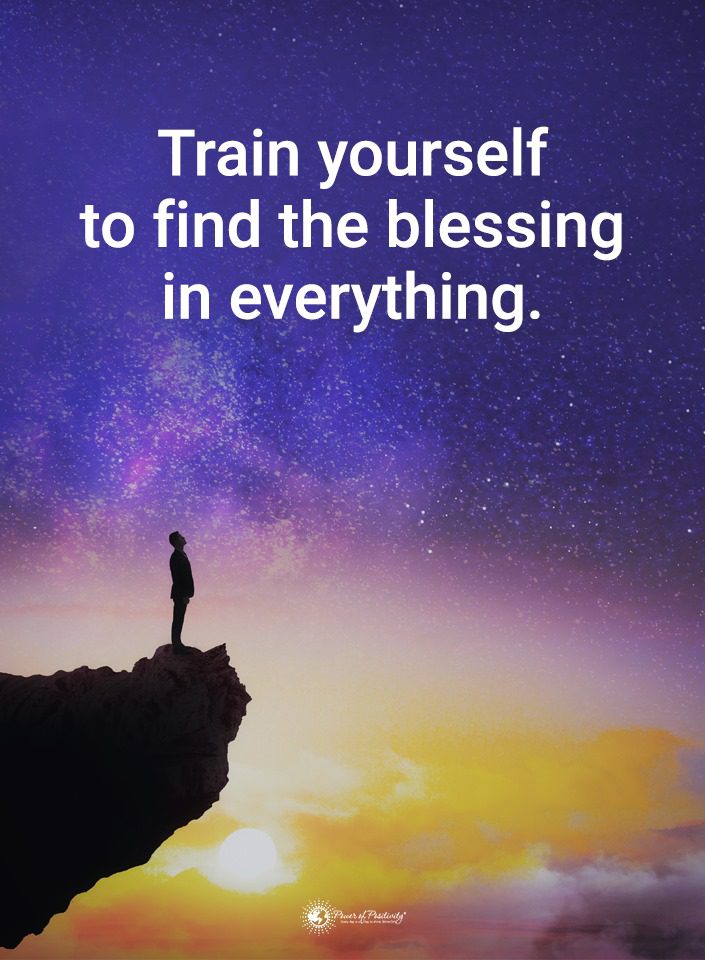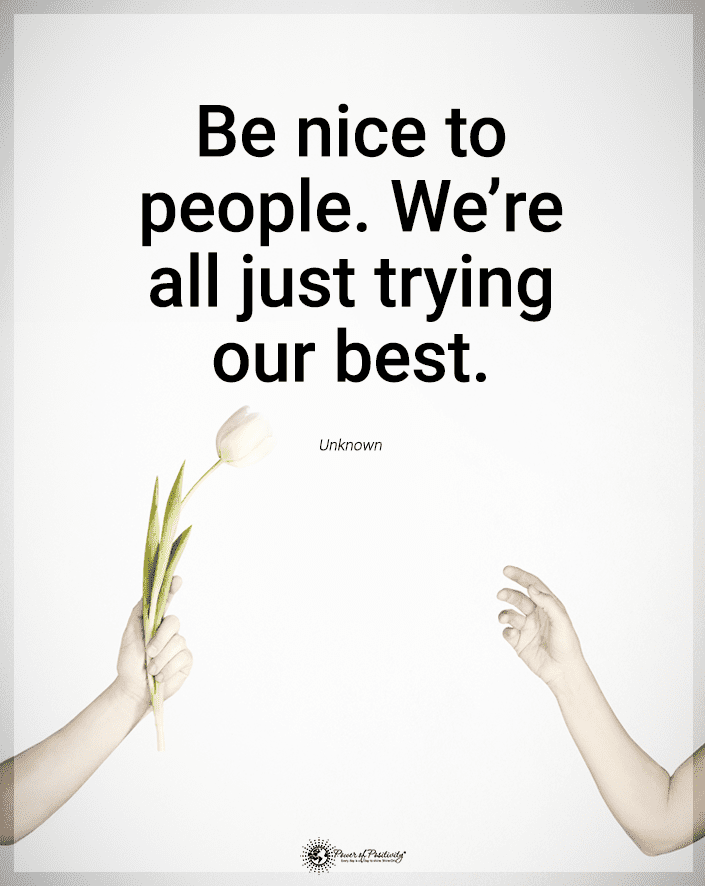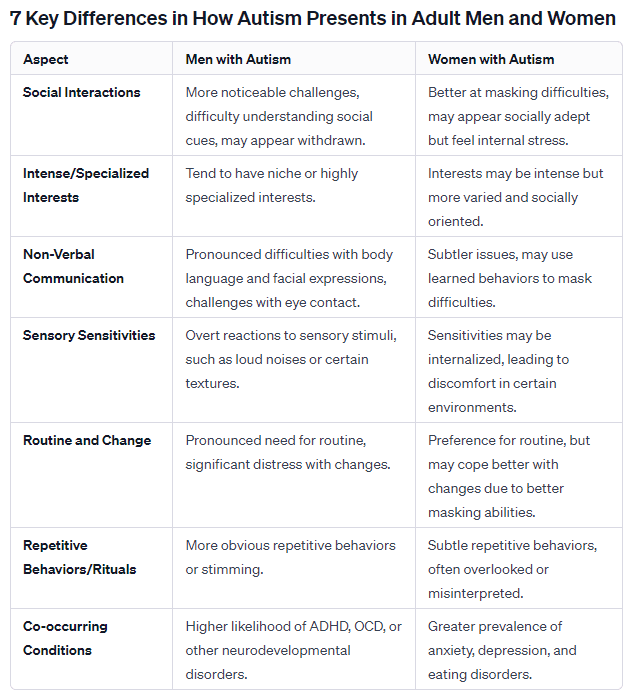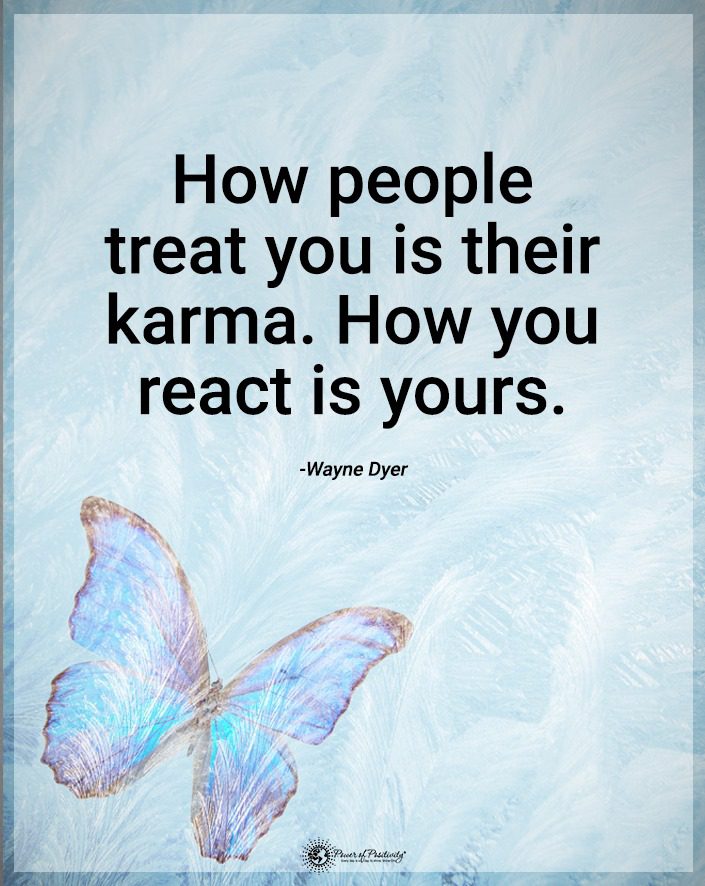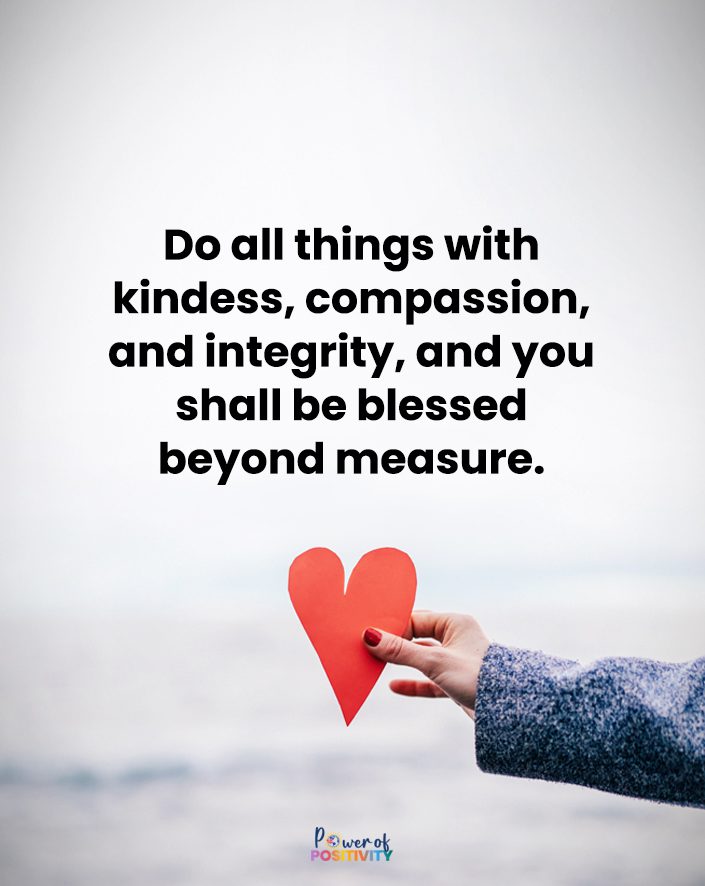Dreams have always been fascinating to humans. Is it because they so often reflect our deepest thoughts? Explain our fears. Reveal our heart’s true desires? Understanding the symbols we see while sleeping can be a pathway to greater self-awareness and emotional well-being.
Have you been trying to gain more insight into those underlying symbols? This article will explain dream analysis techniques that may help.
10 Ways to Gain Greater Clarity About Your Dreams
Are you ready to try to decode your nighttime narratives? Then please consider these techniques.
1 – Keeping a Dream Journal
Imagine having a personal guide to your subconscious. That’s what a journal to record these recollections can become. By recording your memories in a dream journal, you create a bridge spanning between your waking and sleeping worlds.
The key to successfully deciphering the meaning is consistency and immediacy. So, write down everything you can recall about your nightly visions as soon as you wake up. These details could include colors, emotions, people, places, and seemingly mundane elements.
Over time, this journal becomes a treasure trove of insights. You’ll start to notice patterns and themes, like clues left by your subconscious, guiding you to a deeper understanding of your inner self.

2 – Learning Common Dream Symbols
Dreams often communicate through a symbolic language, a universal dialect that transcends cultural and linguistic barriers.
For instance, dreaming of water might symbolize emotions from tranquility to turmoil. The meaning largely depends on the state of the water in your dream.
Flying often represents a desire for freedom or escape from the pressures of life. Still, the interpretation of other symbols can be deeply personal.
For instance, dreaming about a dog in a might symbolize loyalty and friendship to one person. However, it might represent fear or distrust to someone who has had a frightening experience with a dog.
When you learn to understand these common dream symbols and images, you can start to decode the cryptic messages that you’re now ready to receive. Thus, you start uncovering insights into your subconscious mind.
3 – Reflecting on Personal Associations
Dreams reflect your personal life experiences, emotions, and memories. When you dream about a particular person, place, or situation, it’s often not about the literal subject but rather what they represent in your life.
For example, dreaming about a childhood home might be your mind’s way of revisiting feelings of security or nostalgia. Or, a vision of being chased could relate to a situation in your waking life where you feel under pressure or threatened.
When you reflect honestly about these personal associations, you can uncover what your dreams are revealing about your deepest thoughts and feelings, often pointing to aspects of your life that might need attention or healing.
4 – Recognizing Recurring Dreams
Recurring dreams are like an alarm bell from your subconscious, signaling something significant that needs your attention. These dreams repeat because they carry an important message or lesson that you haven’t yet acknowledged or understood in your waking life.
It could be an unresolved issue, a deep-seated fear, or an unfulfilled desire. You can unravel the deeper message by recognizing and understanding the patterns and themes in these recurring visions. This understanding can be a powerful foundation for personal growth, helping you address and resolve underlying issues.
5 – Considering the Emotions in Dreams
Dreams can be a rollercoaster of emotions, ranging from joy and love to fear and anxiety. These emotions are not random; they are deeply intertwined with your subconscious mind. When you wake up from a dream, take a moment to reflect on how you felt in the dream and how you feel upon waking.
Were you running scared in your dream or experiencing a blissful reunion? These emotions are potent indicators of your inner state. For instance, anxiety in a dream could reflect your worries in real life, while happiness might indicate contentment or a longing for more joyful experiences.
By acknowledging and understanding these emotions, you can gain insights into your emotional well-being and uncover hidden aspects of your personality and life experiences.
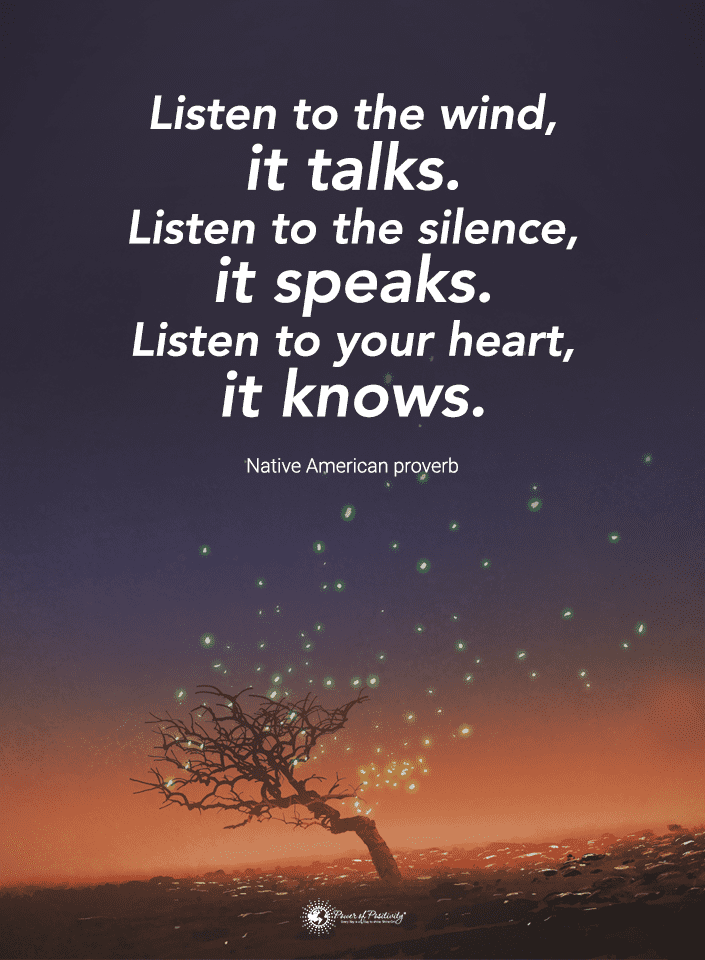
6 – Exploring Dream Interpretation Theories
The world of dream interpretation is rich and varied, with numerous theories offering different perspectives on why and what our dreams mean.
Sigmund Freud, who most consider the father of psychoanalysis, believed that dreams manifest our deepest desires and hidden anxieties. He believed that they often related to repressed childhood memories or experiences.
On the other hand, psychologist Carl Jung proposed that dreams tap into the collective unconscious. He considered them a reservoir of universal experiences and archetypes all humans share.
Exploring these theories can be like putting on different pairs of glasses. That’s because each can provide you with a unique way of looking at your dreams. Understanding these perspectives can help you decipher the complex language of your dreams, offering insights into your psyche and the human experience.
7 – Talking About Your Dreams
Sharing with others can be a powerful tool for understanding them. When you talk about the symbols you see with friends, family, or a therapist, you’re not just recounting a story but opening up a dialogue about your subconscious mind.
Others can offer fresh perspectives and interpretations that you might not have considered. They can act as mirrors, reflecting parts of your dream in ways that provide new insights. This process can be particularly helpful with confusing or disturbing dreams, as talking about the symbols can demystify their content and reduce anxiety. Moreover, verbalizing what you see can make them more concrete, helping you better analyze and understand them.
8 – Paying Attention to Daytime Thoughts and Feelings
The connection between your waking life and your subconscious world is profound. Your thoughts, feelings, and experiences during the daylight hours can often find their way into the overnight hours. This is why paying attention to your daytime emotions is crucial. Are you stressed about work? Are you excited about a new opportunity? These emotions and experiences can manifest in symbolic or literal ways.
When you become more mindful and reflective about your daily life, you can draw parallels between your waking experiences and the symbols you view while you sleep. This awareness can help you understand the influence of your daily life on your sleep. It provides a deeper understanding of both your conscious and subconscious mind.
9 – Using Guided Dream Interpretation
Guided dream interpretation resources can be invaluable allies in deciphering our dreams’ cryptic messages. These resources range from classic books penned by dream analysis experts to modern websites and mobile apps that offer interactive ways to explore the meanings of them.
For instance, books by renowned psychology and dream interpretation authors provide comprehensive insights into dreams’ symbols and psychology. Websites dedicated to dream interpretation often feature extensive databases of their symbols and their possible meanings, allowing you to search for specific elements from your dreams.
Mobile apps take this further by offering personalized interpretations and allowing you to track those patterns over time. These digital tools often incorporate the latest research in psychology and dream analysis, providing a modern approach to understanding the ancient and mysterious world of dreaming. By utilizing these guided resources, you can better understand the recurring themes and symbols that you see, leading to a more profound comprehension of your subconscious mind.
10 – Practicing Relaxation Techniques Before Bed
As you drift off to sleep, the state of your mind can significantly impact your ability to remember and interpret your nightly visions. Practicing relaxation techniques before bed can greatly enhance the quality of both your sleep and your recall. Techniques such as meditation, deep breathing, or progressive muscle relaxation can help calm the mind. It may also prepare you for a night of vivid dreaming.
- Meditation, for instance, can help clear the mind of the day’s stress and anxiety. Thus, you create a peaceful mental environment that’s more conducive to dreaming.
- Deep breathing exercises not only relax the body but also help achieve a state of mental stillness. As a result, it becomes easier to remember them upon waking.
- Progressive muscle relaxation, during which you tense and then relax different muscle groups, can be particularly effective in releasing physical tension, leading to a deeper and more restful sleep.
Working these relaxation techniques into your nightly routine creates an ideal mental and physical environment for rich, vivid imagery. It enhances your ability to recall and interpret the messages they hold.
Final Thoughts on Gaining Greater Insight Into Your Dreams
Dreams are a window into our subconscious. Indeed, they offer valuable insights into our inner world. By following the tips in this article, you can gain deeper insights into what yours means. The journey of understanding your nighttime visions is deeply personal and fascinating. The best reason to understand them is self-discovery and emotional growth.



